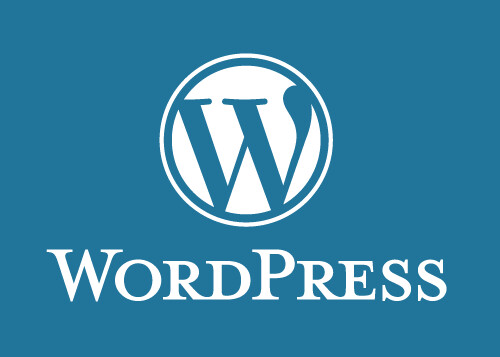Creating Engaging Content with WordPress: A Beginner’s Guide
Creating compelling content is at the heart of any successful website, and WordPress makes it easy for both beginners and professionals to publish engaging posts. If you’re looking to improve your content creation process, this guide will walk you through the essentials of crafting dynamic blog posts, landing pages, or portfolios using WordPress. 1. Why Use WordPress for Content Creation? WordPress is the world’s most popular CMS (Content Management System), powering over 40% of the internet. It’s user-friendly, flexible, and has a robust set of features that make it easy to create, edit, and manage content. Whether you’re building a blog, an e-commerce site, or a portfolio, WordPress offers plugins, themes, and customization options that can elevate your content strategy. 2. Setting Up Your WordPress Site for Content Creation Before diving into content, ensure your WordPress site is set up to maximize your productivity: Install a Theme: Choose a theme that aligns with your brand and industry. Themes like Astra, Divi, or GeneratePress are optimized for different types of content and offer responsive designs. Essential Plugins: Install plugins that enhance content creation, like: Yoast SEO (for optimizing posts), Elementor or Gutenberg (for drag-and-drop page building), Smush (for compressing images). Create Categories and Tags: Organize your site with clear categories and tags, so your readers can easily navigate and find related content. 3. Writing Content with WordPress Editor WordPress provides two main editors: the Classic Editor and Gutenberg Block Editor. The block editor offers a modular approach to content creation, where each section (paragraphs, images, videos) is a block that you can move and style easily. Title: Your post title should be engaging and optimized with relevant keywords. Headings: Use H2 and H3 headings to structure your content for better readability and SEO. Media: Add images, videos, or audio clips to enrich your posts. Use the Image Block or Media Library to upload and optimize these assets. Embedding: With WordPress, you can embed social media posts, videos (from YouTube, Vimeo), and even podcasts directly into your posts. 4. Best Practices for WordPress Content Creation SEO Optimization: Use plugins like Yoast SEO to optimize your content for search engines. Focus on including your target keyword naturally in your titles, meta descriptions, and body text.Mobile-First Design: Ensure your content is responsive and mobile-friendly, as a large percentage of users browse from smartphones. Most modern WordPress themes are built with mobile responsiveness in mind.Engaging Visuals: Visual content enhances the readability of your posts. Tools like Canva can help you create custom graphics. Use the WordPress Gallery Block or image slider plugins for presenting multiple images.Internal Linking: Link to other relevant posts or pages on your site. This boosts SEO and keeps users engaged with more content. 5. Publishing and Promoting Your WordPress Content After your content is ready, the next step is publishing and promoting: Scheduling: You can schedule posts to be published at a future date. This feature is especially useful for maintaining a regular content calendar. Social Media Integration: Use plugins like Jetpack or Social Warfare to automatically share new posts on your social media accounts. Call-to-Action (CTA): Include CTAs in your posts to encourage readers to subscribe to newsletters, leave comments, or share your content. 6. Analyzing Content Performance Once your post is live, tracking its performance is essential: Google Analytics: Monitor page views, time spent on site, and traffic sources. WordPress Stats: Use the inbuilt stats (if using Jetpack) to measure how your posts are performing. User Feedback: Encourage comments and shares to understand what resonates most with your audience. Conclusion WordPress provides a flexible, easy-to-use platform for content creators of all levels. By utilizing the right themes, plugins, and strategies, you can ensure that your content stands out and reaches your audience. Remember to keep your content SEO-friendly, engaging, and accessible across devices to maximize its impact. Start creating content on WordPress today and watch your platform grow!


